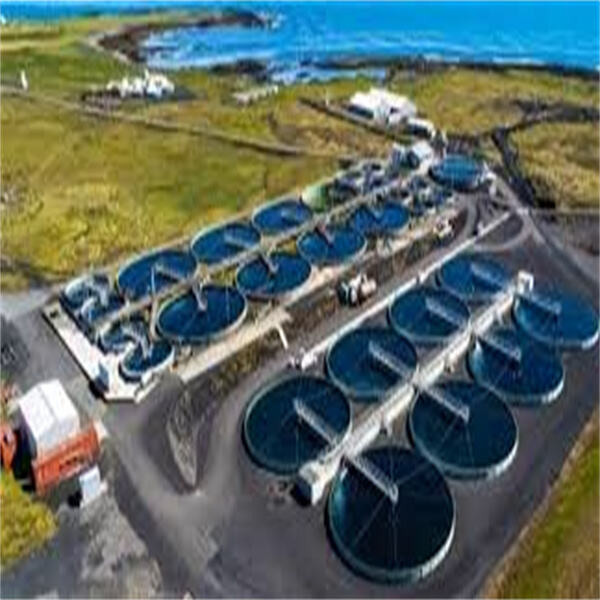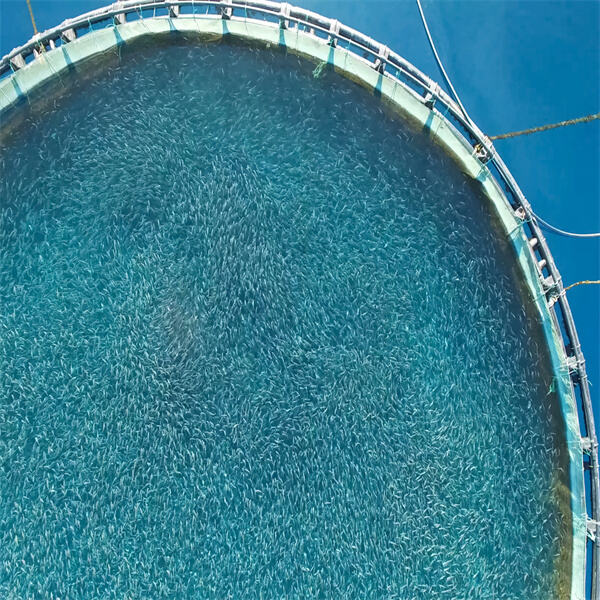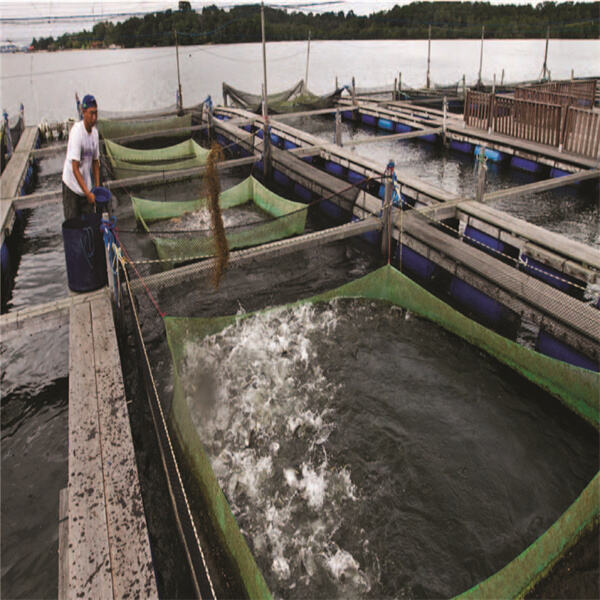Industrial aquaculture is a fancy word that means growing fish and other seafood in a big way. Did you ever think about where all those fish at the grocery store come from? Many are cultivated on big farms where they are grown in large tanks or ponds. Let’s take a closer look at how mass-produced seafood is produced!
In industrial aquaculture, (massive amounts of) fish ranging from salmon, tilapia, to shrimp are bred to satisfy the high demand for fish. These fish are kept in special places where they are given special food and the right conditions to grow fast. It is like a huge fish hotel where everything is done to ensure the fish are healthy and prepared for sale to customers.
Producing a lot of seafood is important to feeding people all over the world but so, too, is doing what we do in a way that doesn’t destroy the environment. Sustainable aquaculture means not wasting resources and not harming fish's natural homes. It means we can keep on enjoying delicious seafood for many years to come, without harming the oceans and rivers where the fish live.

In recent years, new technology has revolutionized the way seafood is farmed. Farmers are doing things intelligently, to test water quality, feed fish intelligently and waste less. These changes improve seafood production and benefit the environment by mitigating the effects of aquaculture on ecosystems.

One problem with industrial aquaculture is the widespread use of antibiotics to maintain the health of fish and prevent the spread of disease. The antibiotics help keep the fish healthy, but if not administered judiciously they can make people sick.sex sex machine.machine.sex.toy It’s not just drug resistance that is the top concern when it comes to fish and antibiotics. That’s why it’s crucial for farmers to regulate their use of antibiotics and for us to ensure that the seafood we eat is safe and free of harmful germs.

With seafood consumption on the rise and overfishing more rampant than ever, the future of our oceans is at risk. Climate change, overfishing and pollution are a few of the roadblocks that we’ve got to figure out if we want to make sustainable aquaculture a part of our future. On the plus side, new tools and better appreciation for the value of the sustainable approach offer opportunities for the industry to expand and succeed.

